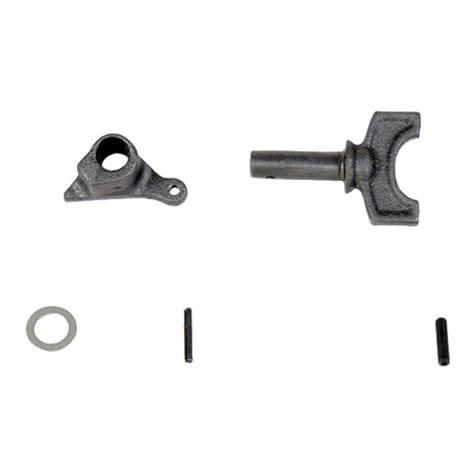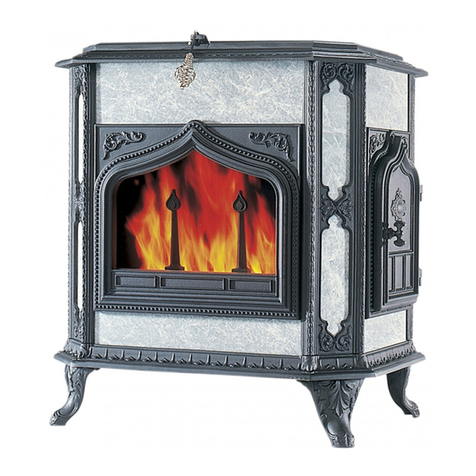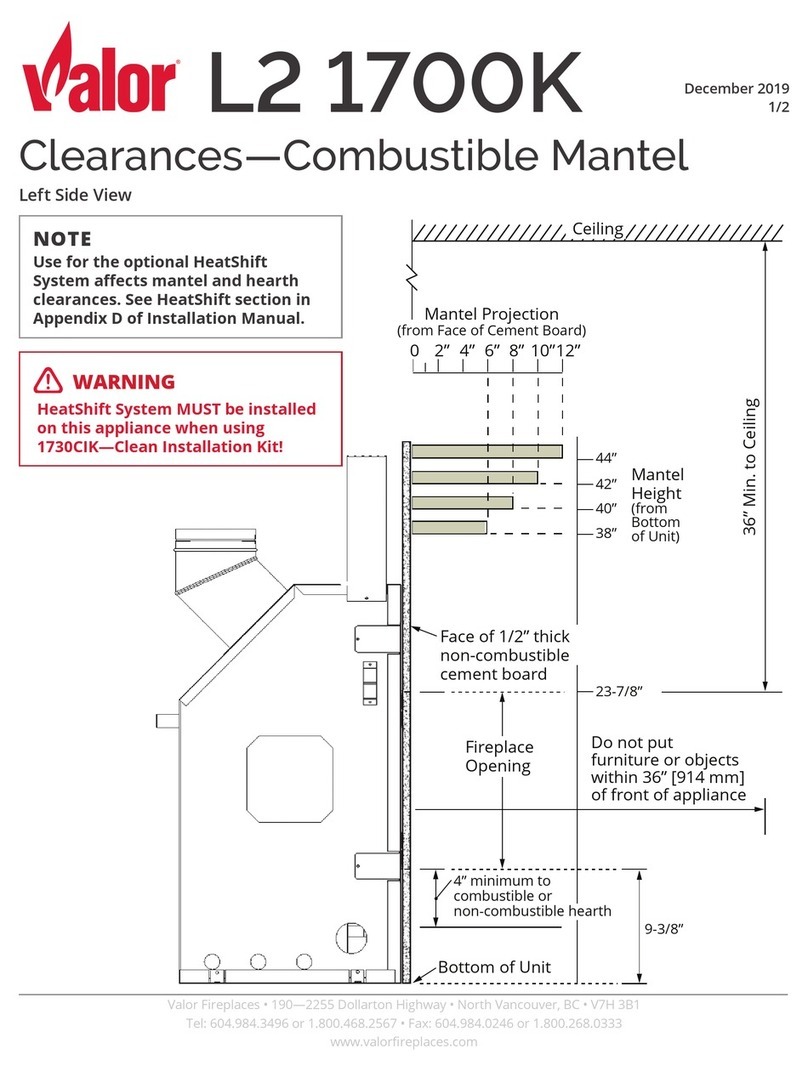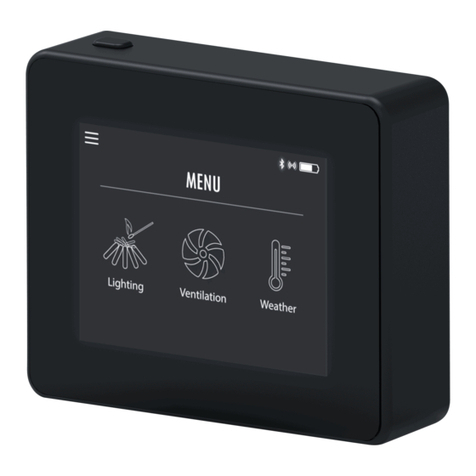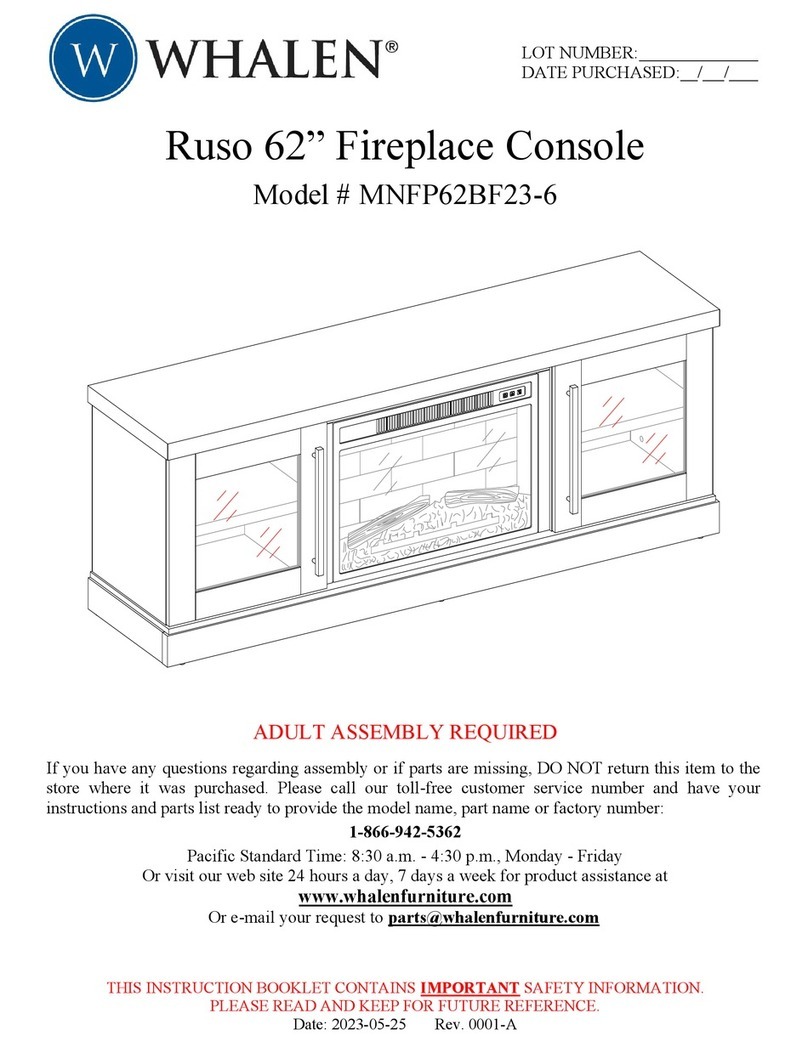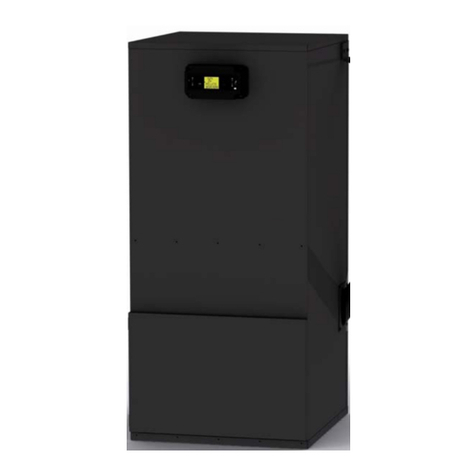Woodstock Soapstone Palladian 202 User manual
Other Woodstock Soapstone Fireplace Accessories manuals
Popular Fireplace Accessories manuals by other brands
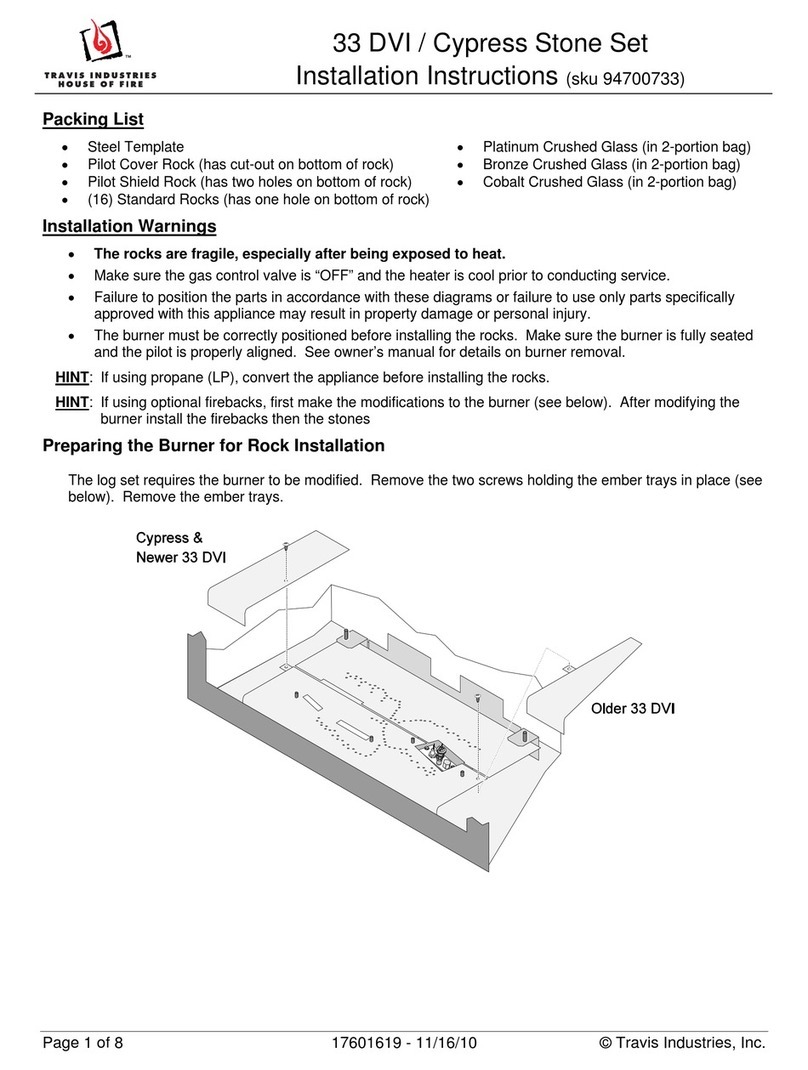
Travis Industries
Travis Industries 33 DVI installation instructions

Lopi
Lopi Hearthview 864 user manual
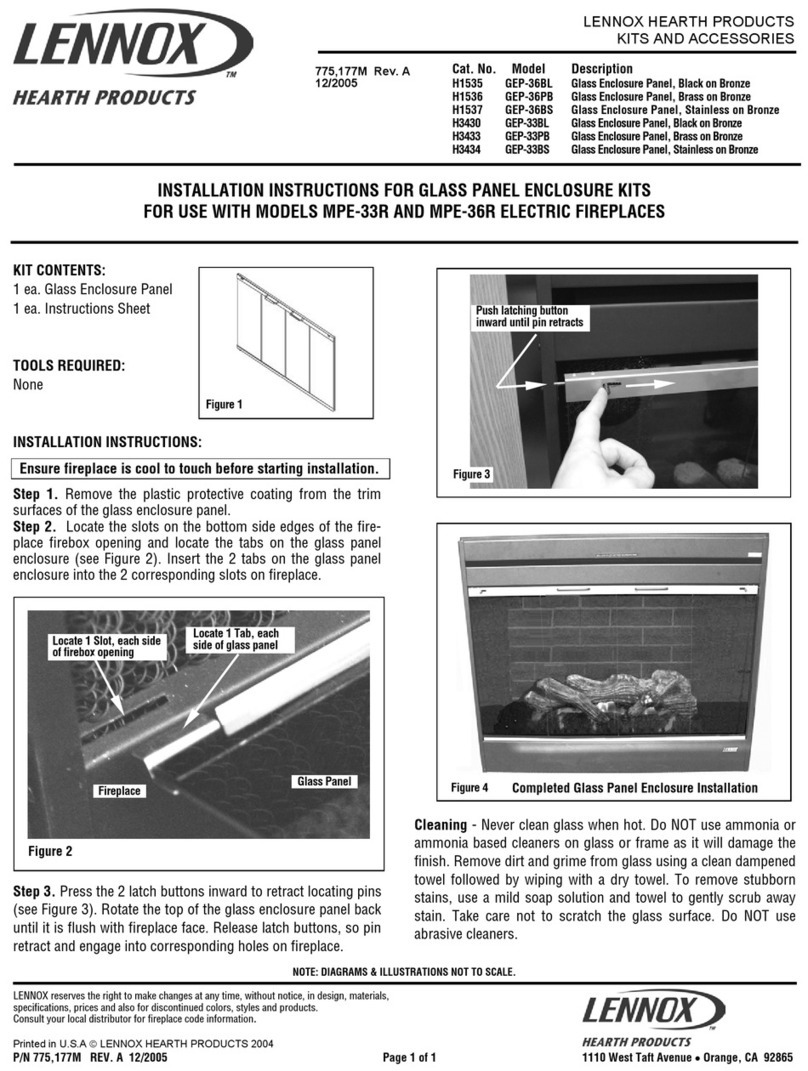
Lennox Hearth Products
Lennox Hearth Products LENNOX MPE-33R installation instructions
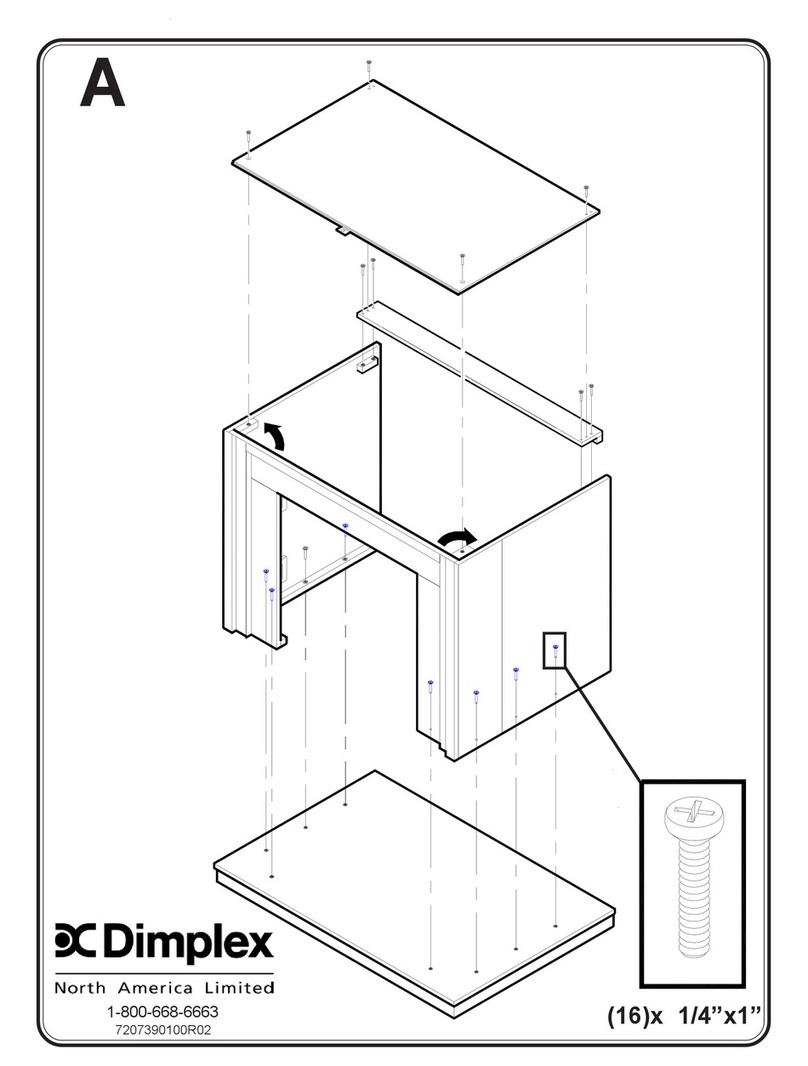
Dimplex
Dimplex DFP6776C install guide
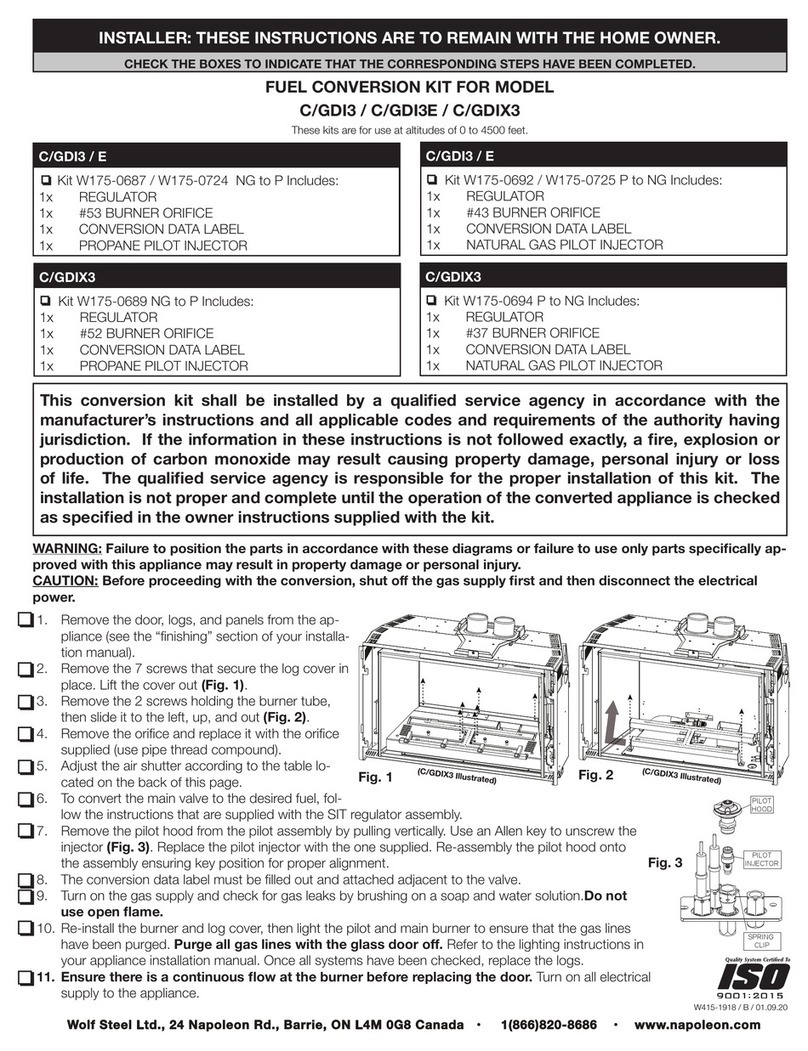
Napoleon
Napoleon W175-0689 instruction manual
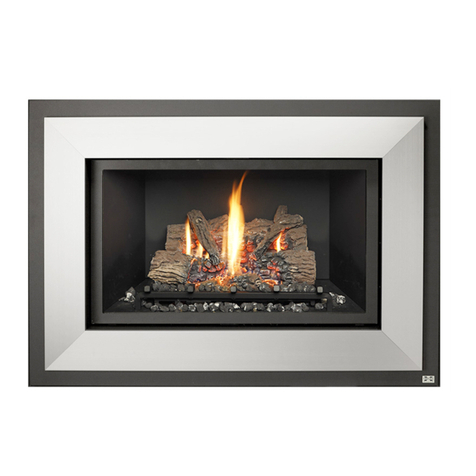
Travis Industries
Travis Industries 95400424 installation instructions
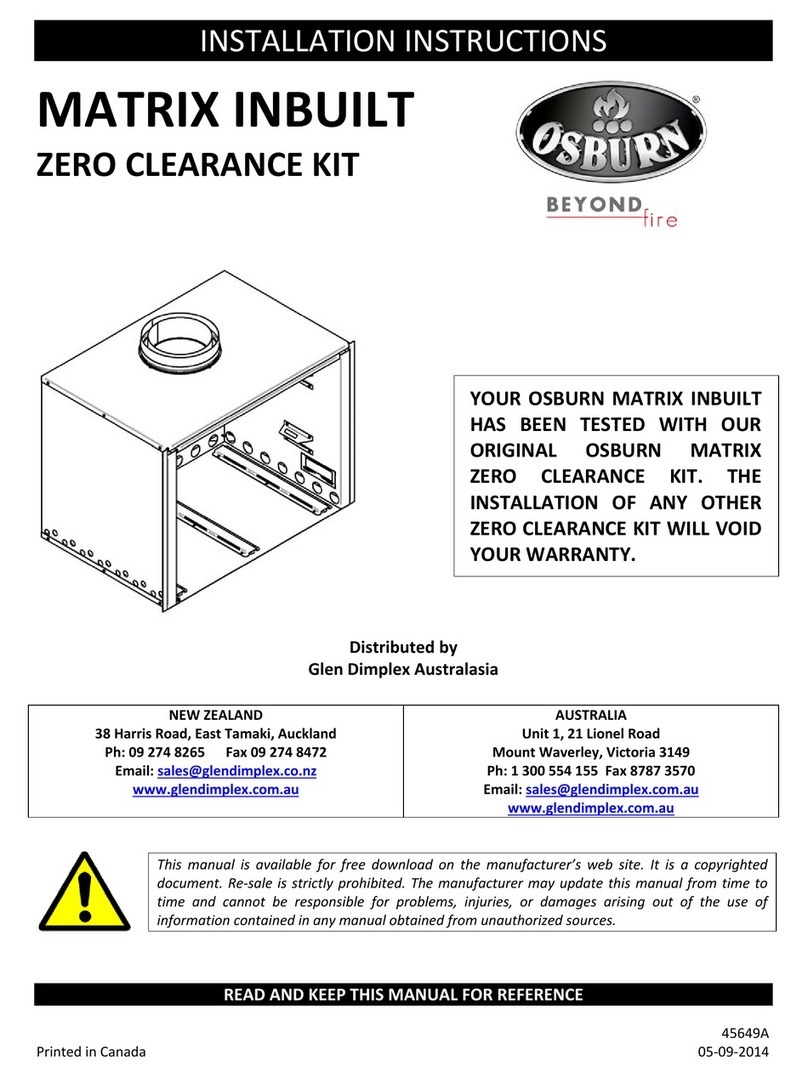
Osburn
Osburn ZERO CLEARANCE KIT installation instructions
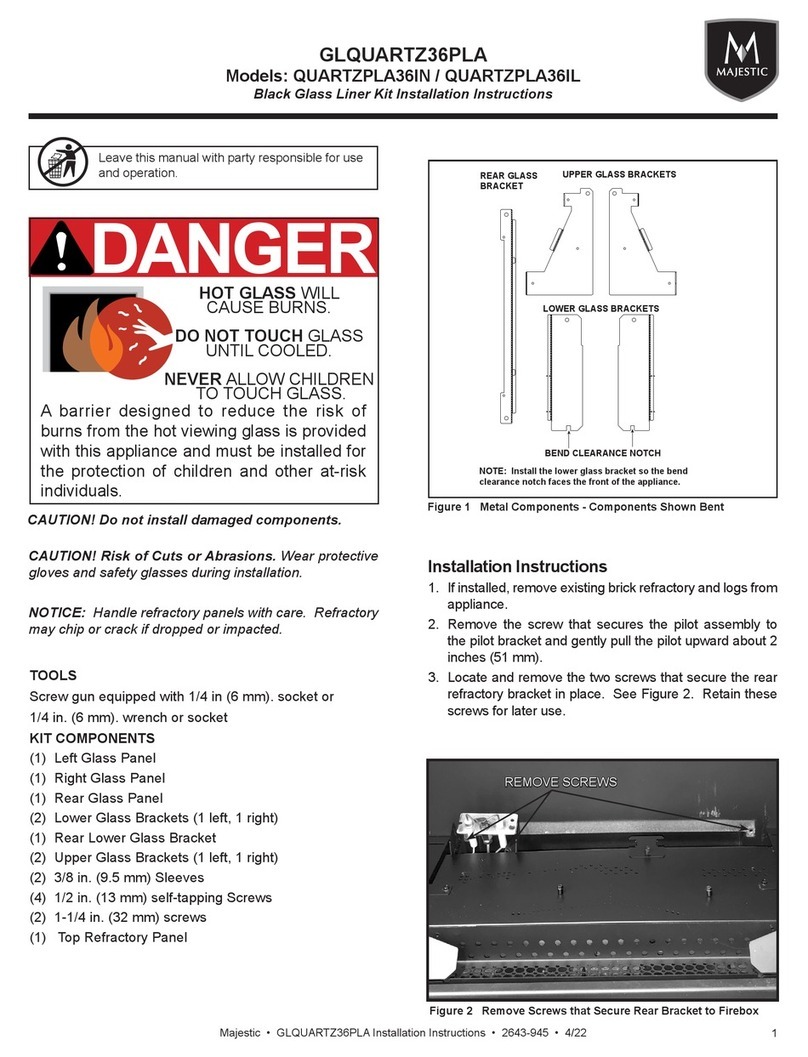
Majestic
Majestic QUARTZPLA36IN installation instructions
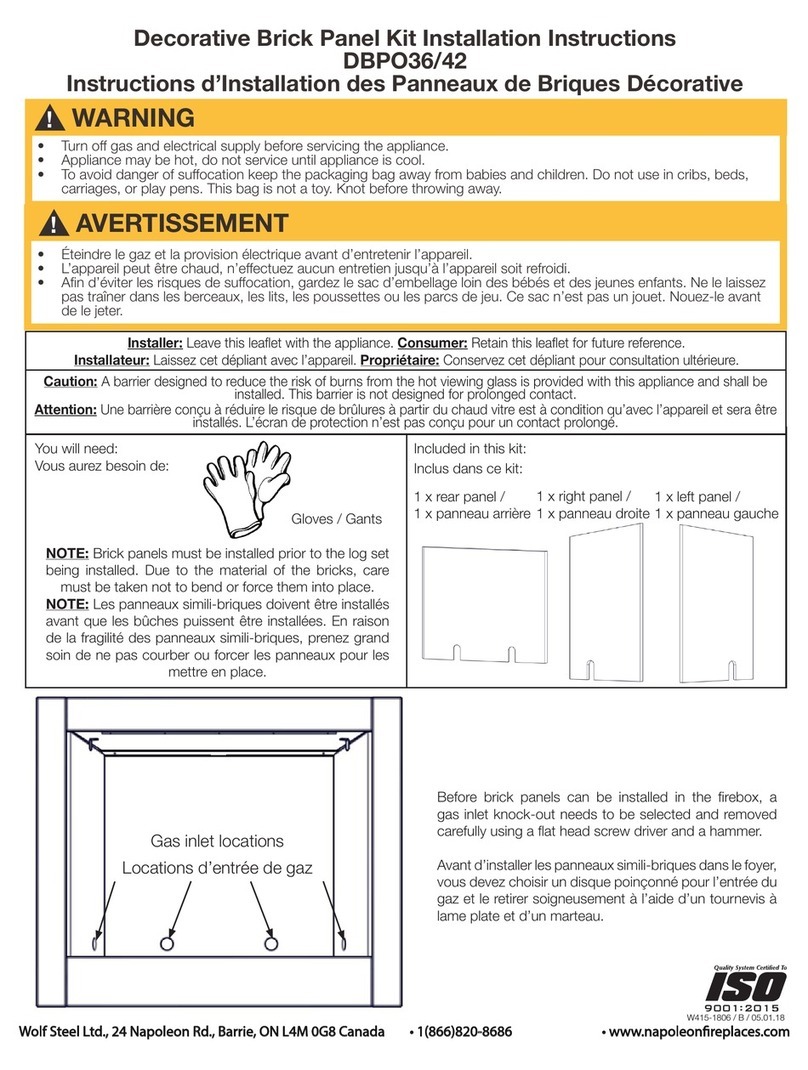
Napoleon
Napoleon DBPO36 installation instructions
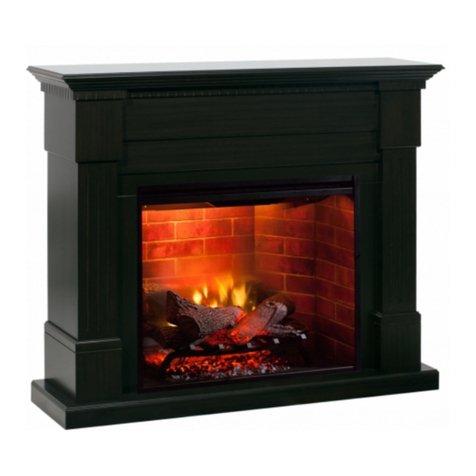
Dimplex
Dimplex SMP-130-E install guide
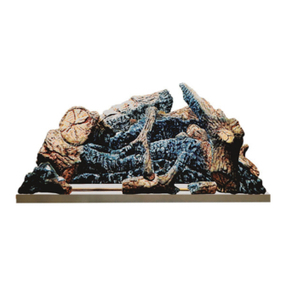
Empire Comfort Systems
Empire Comfort Systems LS50TINF installation instructions

IHP
IHP WS-CI150 quick start guide
